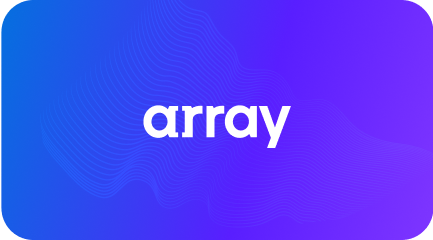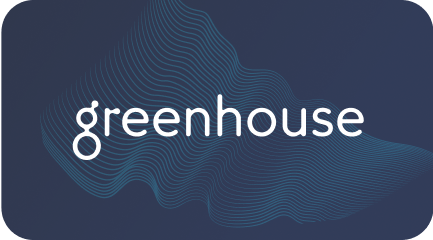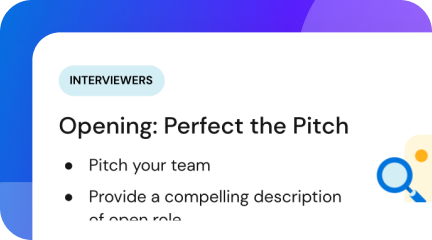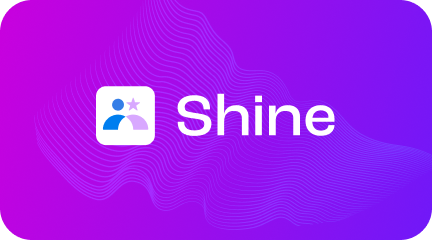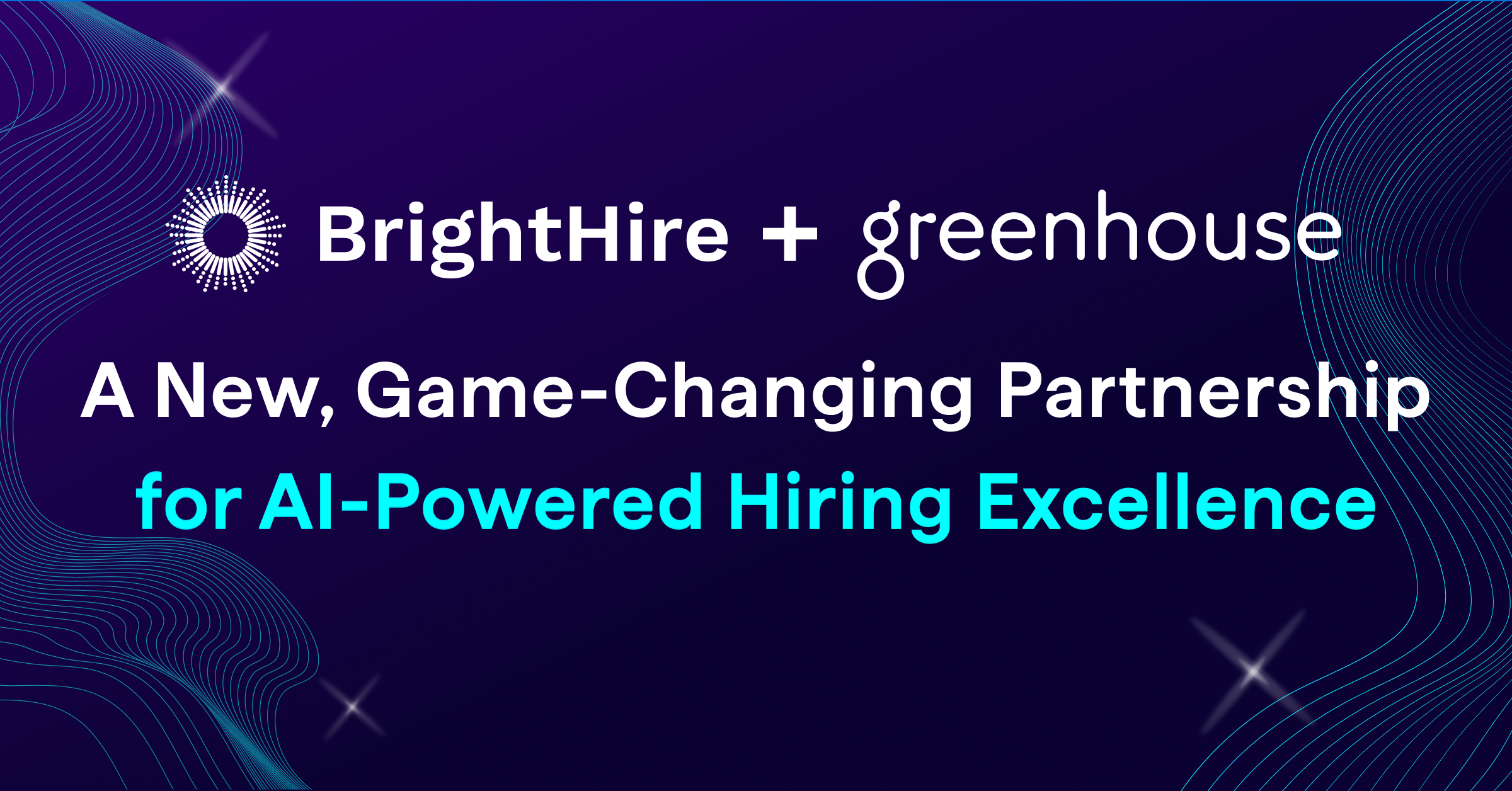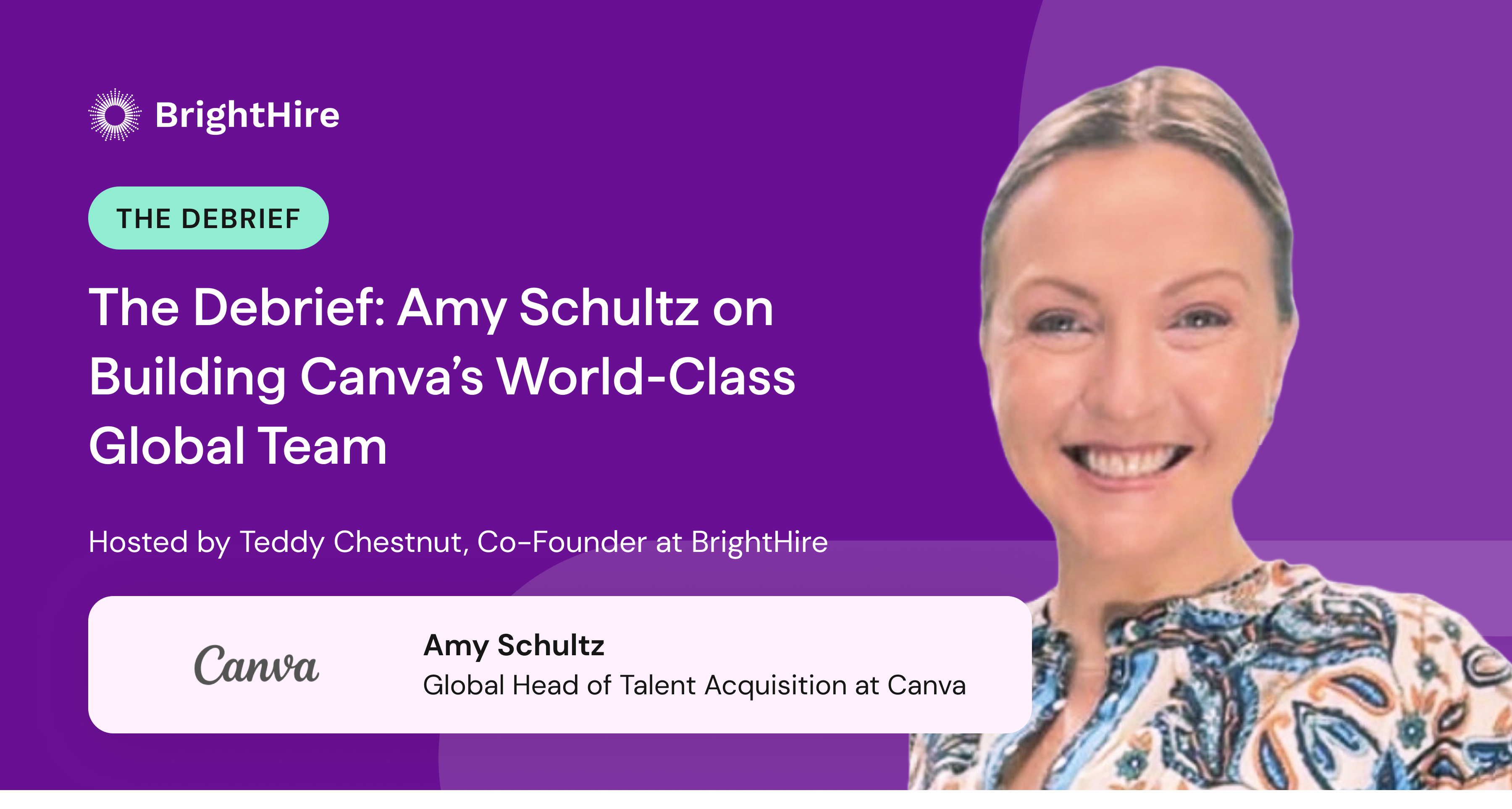To Build an Inclusive Hiring Process You Need To Go Beyond Unconscious Bias Training
Cody Horton understands the importance of building diverse organizations firsthand — and it all started with a personal experience of his own.
“When I joined the Navy right out of high school, my recruiter was intentional about saying, ‘Hey, we’re trying to get more women and people of color into the officer ranks of the Navy.’ So I went through the boost program, got my bachelor’s degree. The first one in my family to ever do that.”
He then went on to get his masters, work with Microsoft, then founded his own business, Diverse Recruiting Experts LLC.
“All the recruiting that our team has done over the last 20 plus years, focused on diversity and inclusion, has impacted thousands of people. That’s all because one person was intentional about diversity and inclusion and put me into the Navy program. Had that not happened, I don’t know how many thousands of people wouldn’t have had those jobs when we recruited them.”
Horton sat down with us and shared how recruiting practices have changed over the years, including how TA leaders can leverage groundbreaking technology like BrightHire’s to change the way companies recruit and retain diverse talent.
On Why Unconscious Bias Training Isn’t Enough
According to a study conducted by Glassdoor, 61% of adults in the US have experienced or witnessed discrimination in the workplace. Many corporations have adopted unconscious bias training to address systemic discrimination, but the results are mixed at best. Horton points out that there’s little point in doing such training if leaders don’t follow up with concrete actions.
“Unconscious bias [training] by itself won’t won’t help you. You have to start with that foundational awareness. But then at the end of the day, there has to be an ongoing way of reinforcing the concept or the principles with that unconscious bias training. And at the same time, you have to go beyond just the awareness and start giving people the chance to exercise what they’re learning,” says Horton.
The most important place those actions start: during the recruiting and hiring process.
Most TA leaders have no real insight into the discussions happening during interviews, which makes it difficult to ensure every candidate is given a fair shot. Software that allows for interview insights enables teams to take a deeper look at these conversations — and change patterns of behavior or subject matters that aren’t inclusive.
On Tools That Help You Address the Problem
Horton’s team has recently started using BrightHire to gain conversation insights and train his employees. He’s seen the positive impact the new tools have on his recruiting team, including the ability to truly understand what’s going on during the interview process. This leaves way less room for error, and helps give needed context to candidate responses.
“Recording is good because it gives you a chance to see exactly what the candidate said in response to exactly what the question was,” says Horton.
Armed with interview insights, TA leaders can also look at troves of data to create solutions for bias in hiring. That could range from making sure that women are getting equal airtime during conversations, to ensuring candidates of a certain demographic aren’t being routinely discriminated against.
“There are tools that will allow you to see [data] every time a certain interviewer rates a particular demographic of candidate a certain way. It allows you to look and determine that, hey, this interviewer is not probing enough,” says Horton.
On Giving Feedback with Those Tools
Having the right tools doesn’t mean much if TA leaders don’t use them effectively to eliminate organizational bias. Interview insights can provide coaching and changemaking opportunities that benefit the entire organization.
For a large distributed team, BrightHire can feed best practices back to interviewers, nudge them in the right direction, and simply create awareness for what they are currently doing and what they can improve.
“The thing that helps you eliminate bias from [interviews] is you’ve got to give feedback to the interviewers on what they’re doing. It gives you a chance to actually evaluate and review exactly what they said — not what they thought they said,” says Horton. “And then you can course correct, and you can also add skills or things that they should do.”
…
With the right visibility and data, TA leaders can forge new ways to build an inclusive and diverse workplace. Just as with that Navy recruiter, it takes intention first — then meaningful action.
“I’ve been doing this diversity thing for a long time,” says Horton. “The energy around this topic is cyclical. I think now’s the time to seize the energy while you can, and try to put more foundational [practices] in place.”
————
BrightHire helps forward-thinking organizations build more talented and diverse teams. You can learn more about our product here.
